解惑“永动机”:电源转换效率达230%的LED技术
据美国媒体近日报导,美国麻省理工学院(MIT)的研究人员通过一种插座转换设备使发光二极管(LED)能够比其消耗的电功率释放出更多光功率,电源转换效率可达到100%以上。
LED发光原理是将电能转换为光。目前,设计出既明亮又高效的LED灯的最大障碍之一,是增加LED灯的输出功率反而导致其效率下降。而麻省理工学院的研究人员解释说,他们的研究成果大大降低了外施的电压。根据计算,当电压减少到一半,输入功率降低了4倍,而发出的光功率与电压保持一致,也达到一半。换言之,当输出功率下降时LED发光率却在增加。
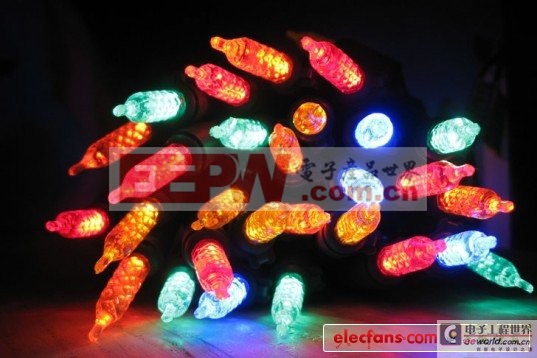
在实验中,研究人员减少了LED的输入功率,仅30皮瓦,而测量到输出达69皮瓦的光量,效率高达230%。将相同的物理机制作用于任何LED,在外施电压作用下,电子和空穴有一定的概率产生光子。研究人员并没有像其他的研究一样试图增加这种概率,而是利用发生于设备里原子晶格的振动所散发的少量余热产生更多电力。
这种利用余热发光的过程可使LED稍微冷却,其操作类似一个热电冷却器。虽然在室温条件下,冷却不足以提供实用性的温度,但它有可能被用于设计不产生热量的灯。当作为热泵时,该设备可有助于固态冷却应用程式,甚至是发电机设备。
理论上,这个低压策略能够在低电压下产生任意高效的光子,研究人员希望该技术能提供一种新的测试节能极限电磁波通讯的方法。虽然在科学上这个方法很有趣,但其还不会立即促使超效率的LED商业化,因为示范项目仅能用很低的输入功率产生少量的光。
首先解释一下大家对于“永动机”的疑惑,一位英文网站的工程师作了如下解读:No perpetual motion machine is created here. The article failed to mention the real reason why the LED can exceed 100% efficiency. Here is why:
It’s nice research, but it’s sort of “cheating” in an honest way. Efficiency mentioned here is how much electricity is converted into light by this LED. Let’s say, you inject 10 electrons, and they turn into 8 photons which escaped the LED, so you get a 80% efficient LED. The 2 missing electrons are “wasted”。 So, in order to get to 100% efficiency and beyond, you find another way to make up for those 2 missing electrons. MIT team used the well-known thermoelectric effect which converts heat to electricity, which in return makes up for those “wasted” electrons. As a result, this LED has over 100% efficiency. You now see why they choose to do the experiment as very low voltage, because low voltage means less electrons injects, so fewer “wasted” electrons you need to make up.
Therefore, the over 100% efficiency is kinda of “cheating” in an honest way. What’s supplying this ultra low voltage LED electrons are not electricity alone, but also ambient temperature in form of thermo energy. The quoted efficiency in this article is a ratio between photon generated by TWO sources of energy and input from ONE source of energy. Of course, the efficiency can be much higher than 100%.
It’s that simple, but I do not in anyway wish to undermine the importance of this research. It’s good work. I just don’t wish others who does not have background on this specific topic to misunderstood the importance and message of this research work.
为了帮助工程师朋友们更好地了解这个技术报道,特别找了一些英文方面的报道供大家参考:
Scientists Create 230-Percent Efficient LED Bulbs
Light bulbs have always required more electricity than they need to produce light because the energy conversion process—changing electricity to light—was inefficient. But an MIT research team has just shown that an LED can actually give off more light than what it consumes in electricity.
Incandescent bulbs are the poster child of inefficient energy conversion. The devices heated a filament with an electrical current which not only produced light, but a lot of waste heat as well. Fluorescent bulbs, CFL‘s, and even conventional LED’s all generate the same waste heat to varying (albeit much smaller) degrees but none has ever reached 100-percent efficiency—a mark known as “unity efficiency.”
The team from MIT posited that while the bulb‘s energy requirements decrease at an exponential rate (halving the voltage reduces the input power by a factor of four), the lumen output would decrease linearly (halve the voltage and the lumens drop by half as well)。 This means that at some point, the amount of lumens the bulb is emitting would be more than the amount of energy spent—essentially “free” light.
Granted, this point occurs only when using minuscule amounts of electricity to power incredibly dim bulbs. In their experiments, the team was able to generate 69 picowatts of light from just 30 picowatts of energy. They did so by harnessing waste heat, which is caused by vibrations in the bulb’s atomic lattice, to compensate for the losses in electrical power. The device also reacts to ambient heat in the room to increase its efficiency and power the bulb.
This process cools the bulb slightly and could eventually be employed to manufacture “cold” bulbs that don‘t generate any heat, only light. And, since the same physical mechanism from these tiny bulbs can be applied to any LED, they likely will be.
MIT Researchers Create LED Light That Exceeds 100-Percent Efficiency
Light bulbs have always been pretty inefficient, even those that have a rep for using less juice, like LEDs. Because of the energy conversion process, they consume more energy than they actually need to illuminate. But what if we told you that there was a light bulb out there, just waiting to be invented, that could produce more energy than it consumes? A group of researchers at MIT have figured out how to develop LED lights that wildly eclipse the efficiency of any other bulb. In fact, they successfully tested a LED light with an efficiency of 230 percent!
The key to increasing the power conversion efficiency, according to MIT researcher Parthiban Santhanam and his co-authors, is to decrease the applied voltage. When the voltage is halved, the input power is decreased by a factor of four. (The inverse is also true — the brighter LED lights are, the less efficient they become.) In effect, if you decrease the input power enough, the LED’s efficiency can increase to more than 100 percent, thus achieving what’s known as “unity efficiency.” When that happens, the light bulb will produce as much or more energy than it takes to power it, giving you the ultimate bang for your buck.
The only problem? As you may have guessed, significantly lowering the input power creates a very weak LED bulb. In their tests, the MIT researchers succeeded in generating about 70 picowatts of light from 30 picowatts of energy — an efficiency of 230 percent! That’s a remarkable achievement, but still a miniscule amount of light. For now, there really isn’t any practical application for a super-efficient 70-picowatt bulb, but according to PhysOrg, the researchers hope the breakthrough could open the door to new advances in energy-efficiency electromagnetic communication.
Read more: MIT Researchers Create More Than 100-Percent Efficient LED Light | Inhabitat - Sustainable Design Innovation, Eco Architecture, Green Building



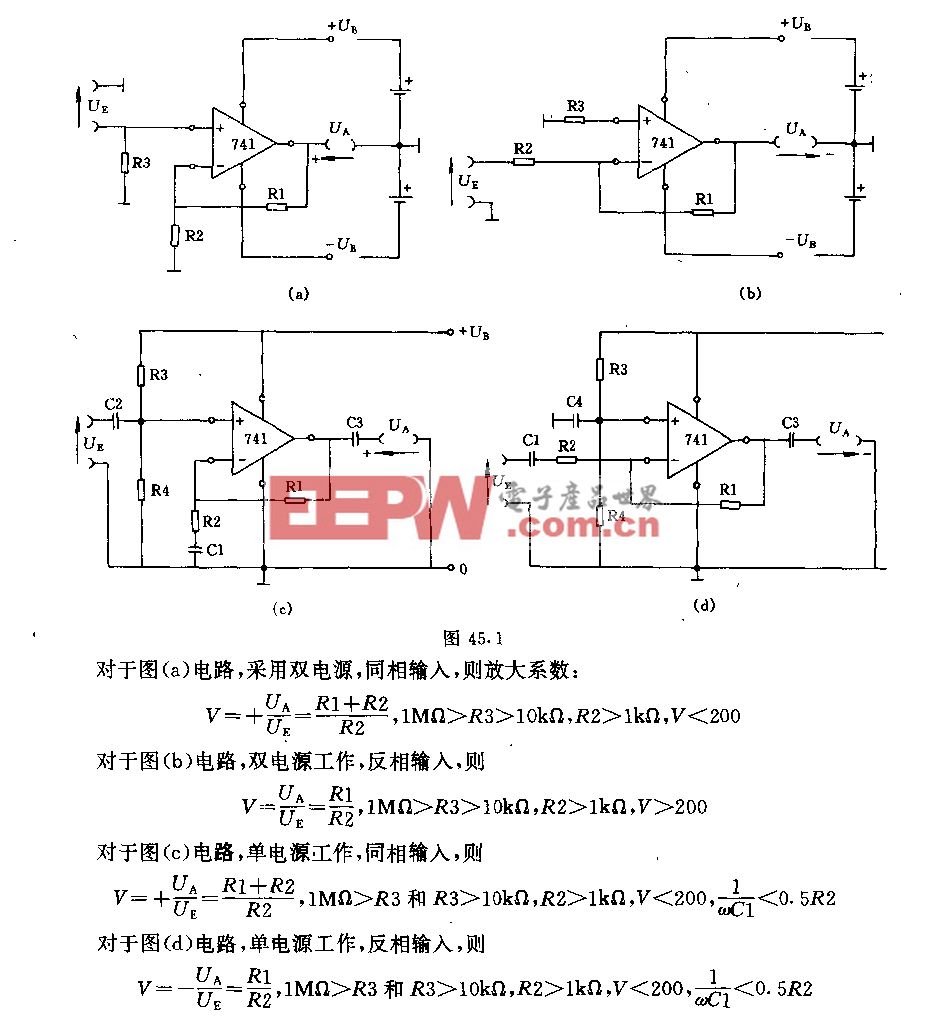
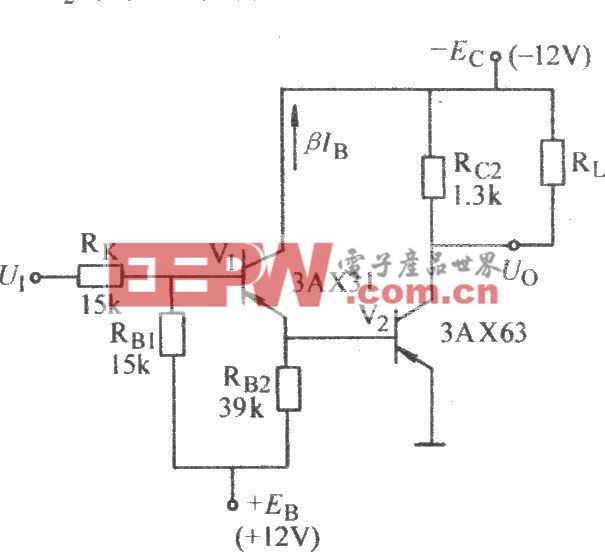

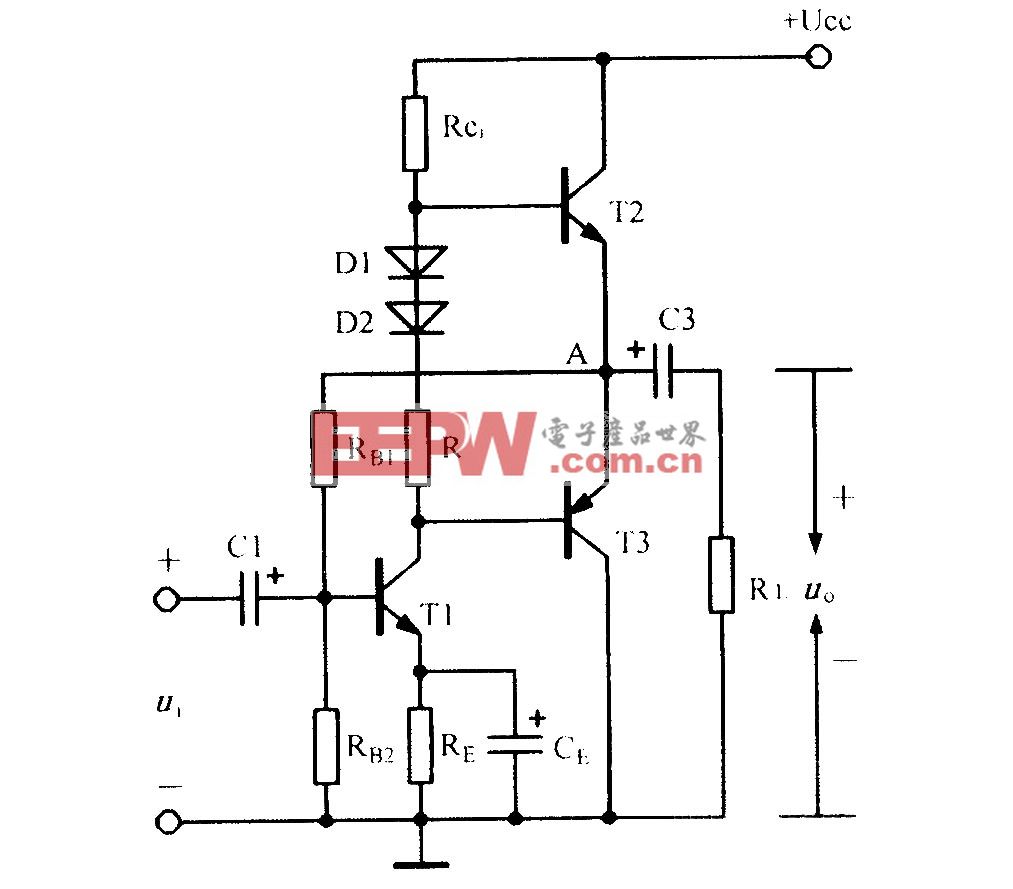
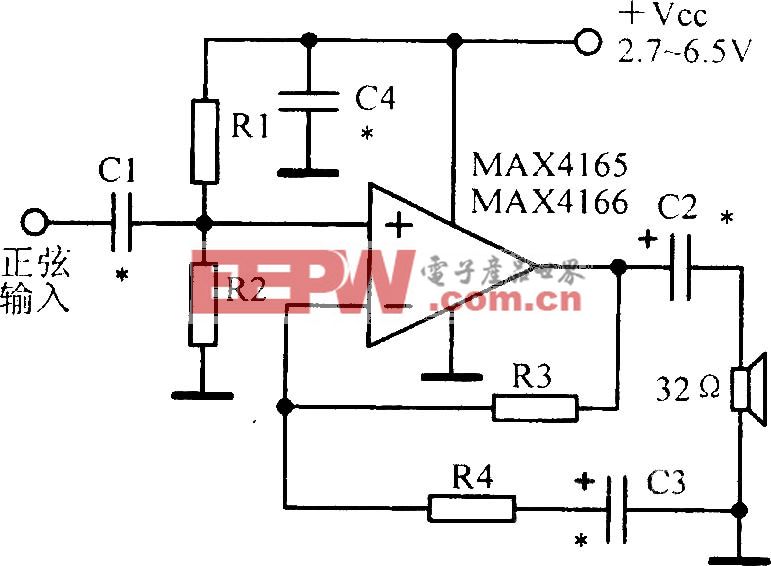
评论